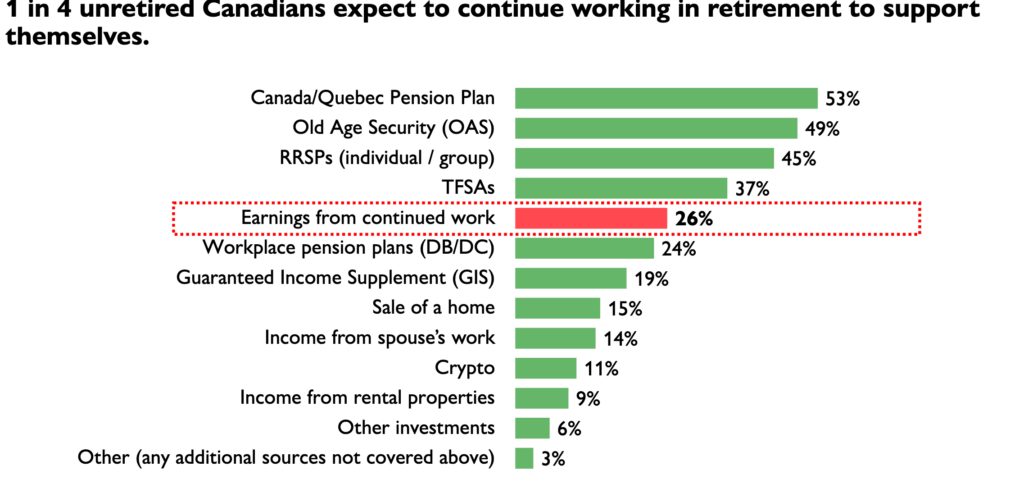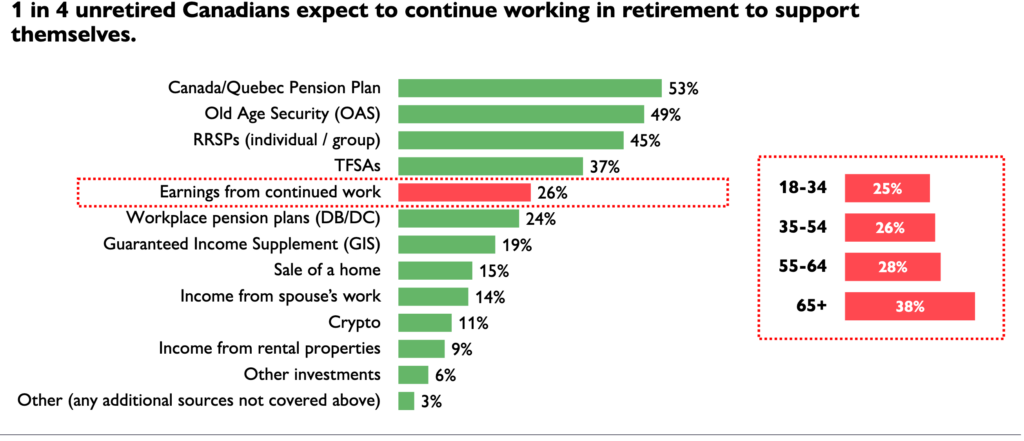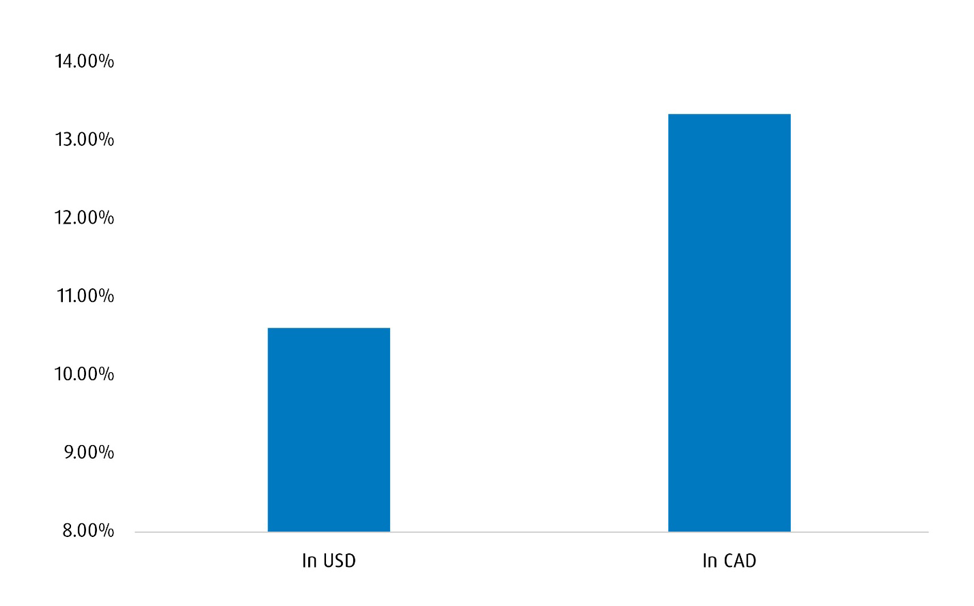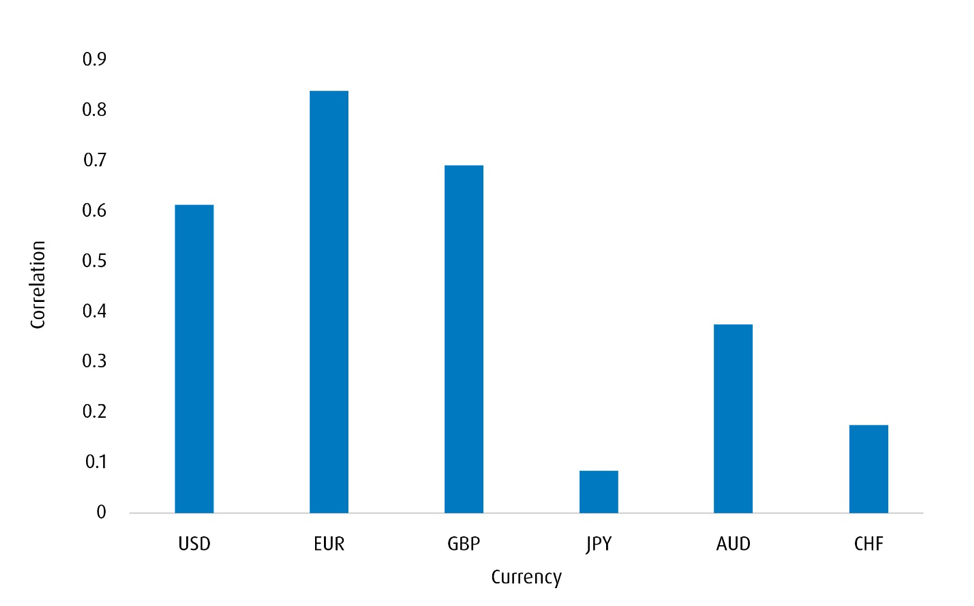
By Ben McCabe, Bloom Finance
Special to Financial Independence Hub
Over the past year, Canadian seniors have faced rising inflation, high interest rates, and ongoing economic uncertainty, all of which are reshaping what retirement looks and feels like in Canada.
Retirement was once viewed as a time of ease and stability; instead, for many, it now feels like a constant calculation of trade-offs and tough decisions. Recent data paints an unfortunate picture, as retirement confidence is declining fast. Only 36% of Canadians feel confident in their ability to stay financially stable in retirement and just 7% feel very confident, while 27% are not confident at all.
This isn’t about long-term planning gone wrong: it’s about the real-time impacts of economic conditions that have changed dramatically over the last few years. Inflation has outpaced income, and daily essentials like food, utilities, medical care and housing are up nearly 30% over the past three years. However, there are ways to regain control.
A Shifting Retirement Reality
Many older Canadians are now exploring alternative ways to stretch their resources. For some, that has even meant returning to work: nearly half (46%) of Canadian homeowners aged 55+ are considering part-time jobs to make ends meet with rising living costs. For others, it means delaying retirement altogether: 67% say they’re concerned their savings won’t sustain the quality of life they had envisioned.
Meanwhile, traditional supports like the Canada Pension Plan, Old Age Security, and personal savings no longer offer the security they once did, especially since many seniors are financially supporting family members. According to another survey, 1 in 3 Canadian grandparents are financially supporting their children or grandchildren, with 53% saying that support has increased over the last two years. With 65% acknowledging that assistance impacts their own retirement savings, it’s clear that seniors are carrying more financial weight than ever.
Taking back Control
In response, seniors are taking steps to regain their financial control. One critical first step is getting a clear understanding of the full financial picture: knowing what money is coming in and what is going out. By distinguishing between “wants” and “needs,” retirees can prioritize essentials like housing, food, healthcare, and look for opportunities to cut back where possible.
Exploring New Solutions
In a financial landscape that is ever-changing, more and more seniors are open to innovative solutions that may not have been part of their initial retirement plans. Three-quarters of Canadian seniors own the homes they live in, and most entered the housing market decades ago. With years of sustained low interest rates and population growth that has outstripped new housing supply, home prices have tripled nationwide in the last 20 years (and more than that in many markets). Continue Reading…










